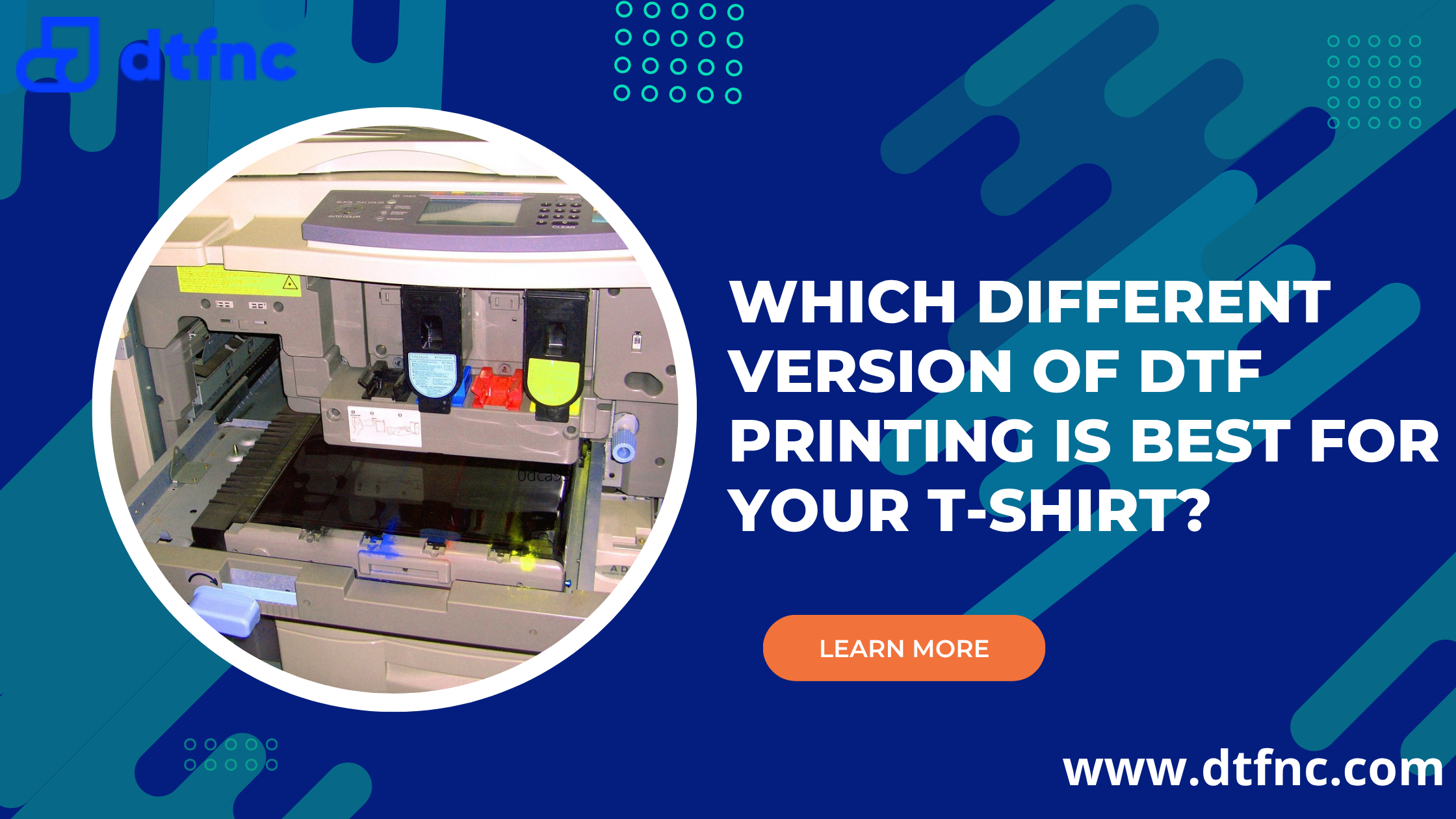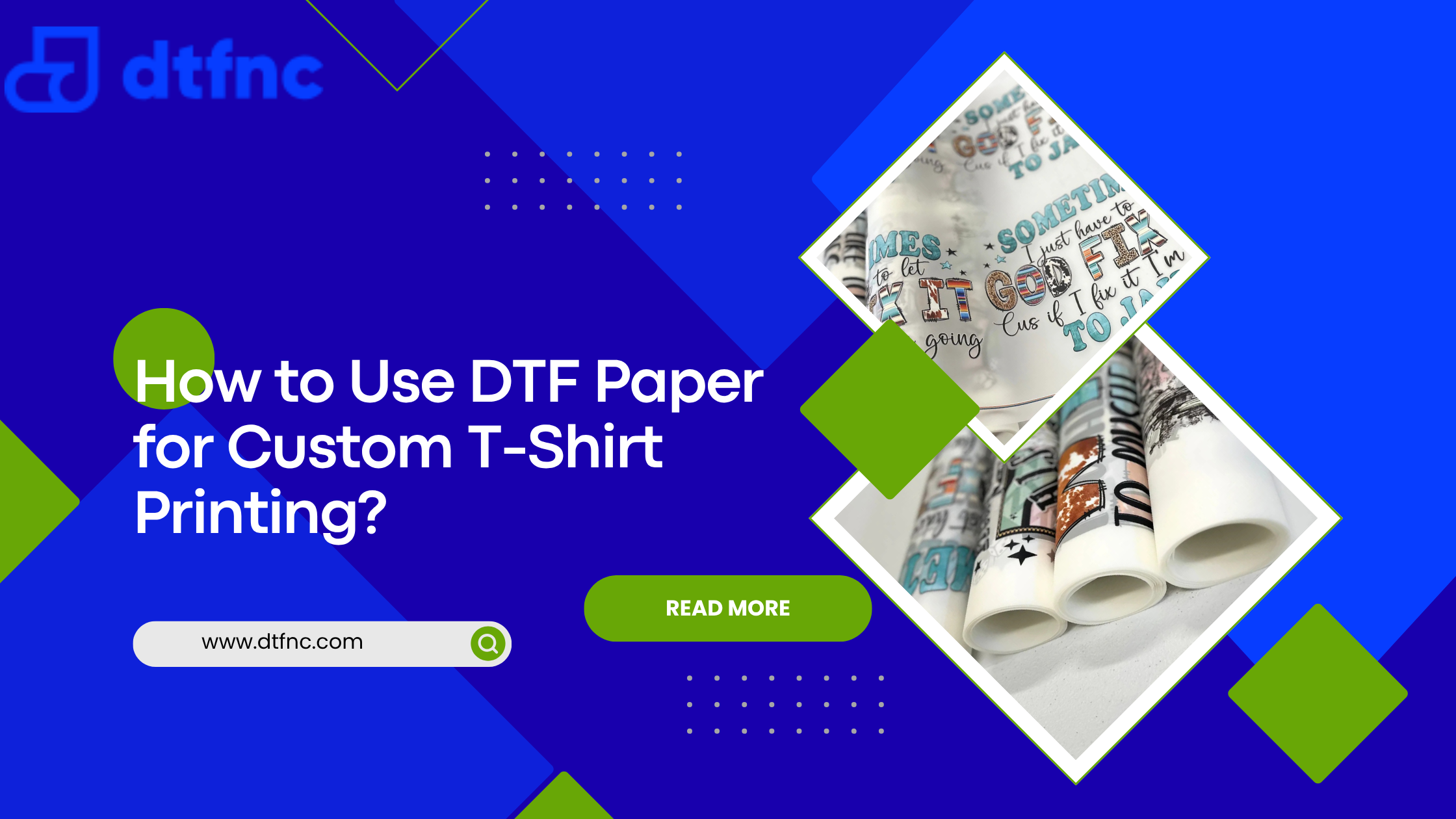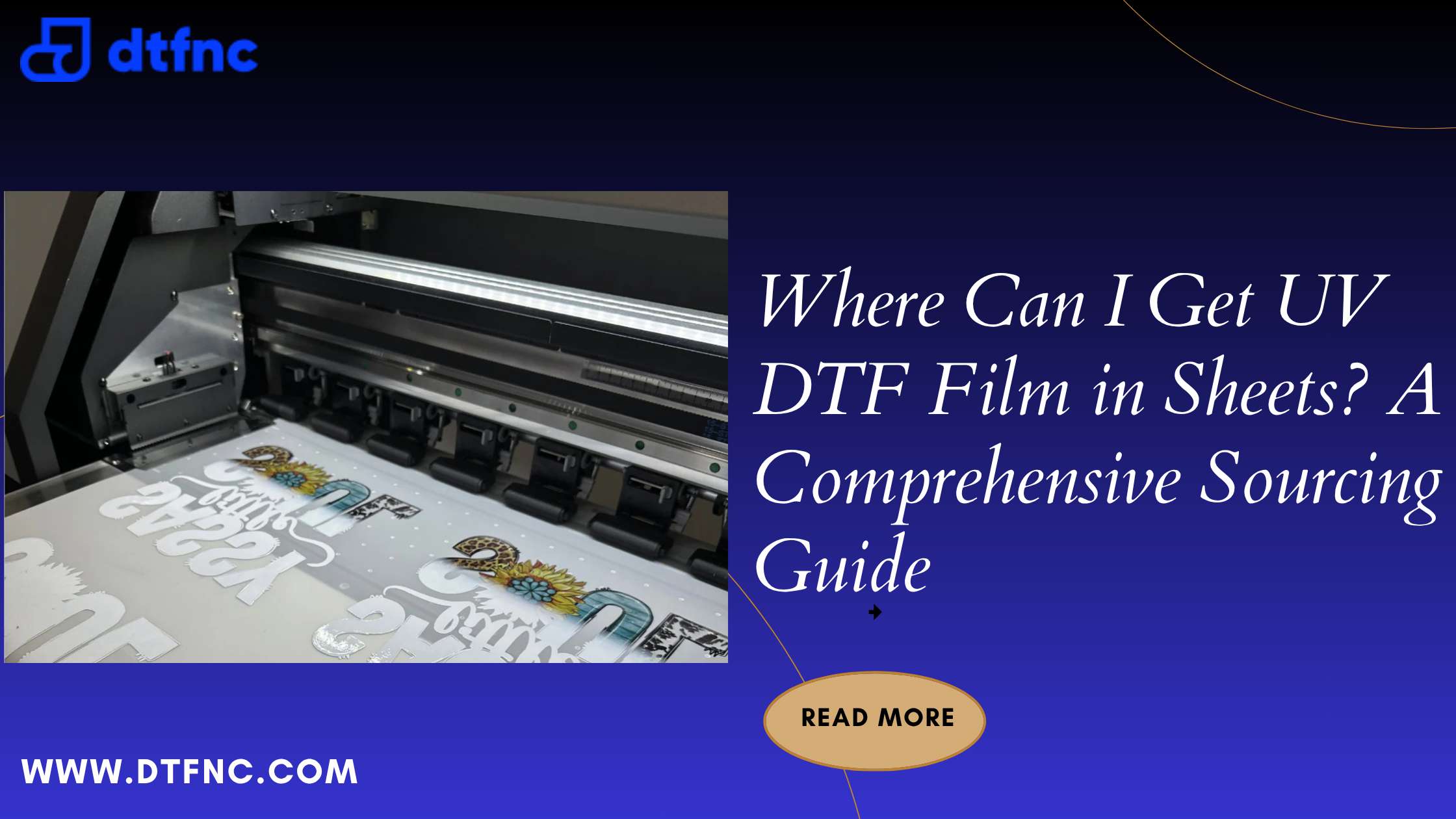The world of fashion and personal expression is constantly evolving, and one of the most exciting developments is the ability to create custom, professional-grade designs on everyday items.
Shoe customization has taken a giant leap forward with the advent of UV DTF transfers. This innovative printing technology allows you to apply incredibly detailed, full-color, and durable UV DTF transfers for footwear with relative ease.
If you've wondered, "Can UV DTF be used on shoes?" the answer is yes. This guide will provide a comprehensive, step-by-step UV DTF shoe customization tutorial, specifically for leather surfaces. Whether you're looking to refresh an old pair of sneakers or create a one-of-a-kind masterpiece, this UV DTF shoe printing guide is for you.
What is UV DTF, and Why is it Perfect for Leather Shoes?
Before diving into the process, it's essential to understand what makes this method so special. UV DTF (Ultraviolet-Cured Direct-to-Film) is a printing process where a design is printed onto a special film, coated with an adhesive powder, and then transferred to an object using a UV-cured transfer application. Unlike other methods, it does not require a weeding process, making intricate designs simple to handle.
For leather shoes, UV DTF transfers offer unique advantages:
-
Vibrant Detail: They can reproduce photorealistic images and complex graphics with stunning clarity.
-
Flexibility and Durability: The finished transfer moves and bends with the leather, resisting cracking and peeling.
-
No Heat Press Needed: While heat can assist with adhesion, many UV DTF wraps can be applied with firm pressure alone, which is ideal for delicate or pre-assembled shoes.
-
Waterproof Finish: Once applied and cured, the design is sealed and waterproof, making it suitable for footwear that might encounter the elements.
Preparing Your Workspace and Materials
Proper preparation is the key to a flawless application. Gather all your materials before you begin.
You Will Need:
-
Leather shoes (clean and dry)
-
UV DTF sheets or pre-cut UV DTF transfers with your chosen design
-
Isopropyl alcohol (70% or higher) and a lint-free cloth
-
Scissors or a cutting tool
-
A soft, flat tool for smoothing (e.g., a squeegee or a bone folder)
-
A heat gun or hairdryer (optional, for the heat or pressure method for UV DTF)
-
A UV nail lamp or a small UV flashlight for curing (highly recommended for maximum durability)
Step-by-Step Guide: Applying UV DTF to Your Leather Shoes

Follow this step-by-step UV DTF shoe customization process to ensure a professional and long-lasting result.
Step 1: Design and Prepare Your UV DTF Transfer
The first step in your custom shoe design with UV DTF is to create or select your artwork. When ordering your UV DTF sheets, ensure the design is mirrored (flipped horizontally) before printing. This is crucial because you will be applying the transfer film-side up. Once you have your sheet, carefully cut out your design, leaving a small border if desired.
Step 2: Thoroughly Clean the Leather Surface
This is the most critical step for ensuring strong UV DTF adhesive bonding. Any dirt, oil, or residue on the leather will prevent the transfer from sticking properly.
-
Take your lint-free cloth and dampen it with isopropyl alcohol.
-
Vigorously wipe down the entire area of the shoe where the transfer will be applied. Pay extra attention to seams and creases.
-
Allow the alcohol to evaporate completely. The leather should be perfectly clean, dry, and free of any shine or film. How to prep leather for UV DTF is all about creating a pristine, oil-free surface.
Step 3: Position the Transfer
Peel the white plastic film off the back of the transfer. You will now be holding the design on the clear, flexible film. Carefully position it onto the leather surface. Take your time with this step! Once the transfer touches the leather, it can be difficult to reposition without damaging it.
Step 4: Apply Pressure to Bond the Transfer
Now, you will use the pressure method for UV DTF to initiate the bond.
-
Once the transfer is perfectly positioned, place a small piece of transfer tape or a thin piece of paper over the design to protect it.
-
Using your squeegee or bone folder, apply firm, even pressure across the entire design. Start from the center and move outwards to push out any air bubbles.
-
Ensure every part of the design has been pressed down firmly. This step activates the adhesive and ensures full contact with the leather.
Step 5: The Peeling Process
After applying pressure, it’s time for the big reveal. Slowly and steadily peel back the clear carrier film at a 180-degree angle. If you see any part of the design lifting with the film, lay it back down and apply more pressure to that area before continuing to peel. The design should now be perfectly transferred onto the leather.
Also read: What Makes DTF North Carolina a Top Choice for Custom Printing?
Step 6: Post-Press Curing for Maximum Durability

While the transfer is technically applied, a post-cure is what makes it truly long-lasting. This is the "UV" part of the UV-cured transfer application.
-
If you have a heat gun, you can gently wave it over the design for 10-15 seconds to further set the adhesive. Do not overheat the leather.
-
Place the shoe under a UV nail lamp or carefully use a UV flashlight to cure the design for 2-3 minutes. This process polymerizes the top layer, creating a hard, waterproof, and scratch-resistant finish. This step is highly recommended for shoes that will see regular wear.
Final Thoughts
You have now successfully learned how to apply UV DTF on leather shoes! The result is a vibrant, flexible, and durable decoration that can completely transform your footwear. This direct-to-film transfer for leather technique opens up a world of possibilities for personalized sneaker design and other fashion customization printing projects.
For the best results, allow the shoes to rest for 24 hours before wearing them. To clean, simply wipe with a damp cloth; avoid harsh chemicals or abrasive scrubbing directly on the design.
Ready to bring your unique visions to life? Explore DTFNC vast potential of this technology with high-quality materials and start your journey into professional-grade customization today.
FAQs
Q: Can I put UV DTF on leather?
A: Yes, absolutely. UV DTF adheres exceptionally well to leather, provided the surface is properly cleaned and prepared. It is one of the best methods for applying UV DTF on sneakers and other leather goods.
Q: Can you use UV DTF on shoes?
A: Definitely. UV DTF is an excellent choice for shoe customization. Its flexibility and durability make it ideal for the bending and flexing that shoes undergo during wear.
Q: How to transfer DTF to shoes?
A: The process involves cleaning the shoe surface, positioning the transfer, applying firm pressure, and peeling off the carrier film. For the best durability, a final cure with UV light is recommended. This is the core of the UV DTF transfer on the leather surface process.
Q: Is DTF good for leather?
A: Yes, DTF (and particularly UV DTF) is very good for leather. It creates a strong bond that is flexible, crack-resistant, and long-lasting, making it superior to many other shoe customization techniques for leather applications.
Also, read more related blogs:
How to Order UV DTF Stickers USA: Step-by-Step Guide







